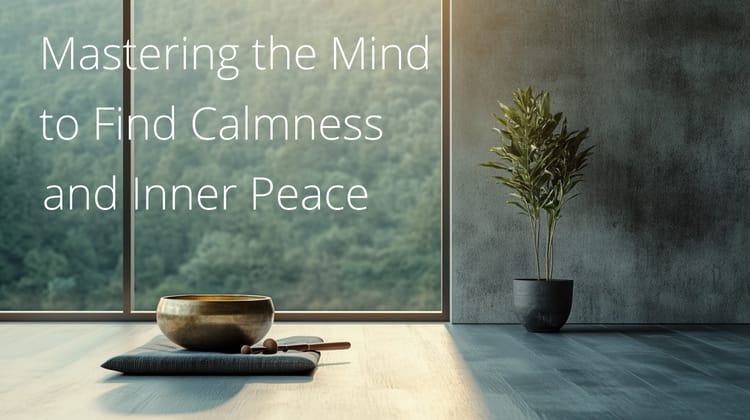The Power of Mudra

A Podcast Episode Published on Tuesday 29 August from a class I taught on the previous Sunday.
In this class, I teach about mudras, which are hand gestures used in meditation.
The Anjali Mudra
The Anjali Mudra involves pressing your palms together. I teach this because it has a real effect. You can explore it yourself.
Specific Mudras in Meditation
I focus on the Chin Mudra, where you lightly touch your thumb and first finger.
My methods for Anjali and Chin Mudra are, as far as i know, unique. They're not just gestures; they have a purpose.
Some say the Chin Mudra connects to universal consciousness. If you experience this, let me know.
Focus and Awareness And The Importance of A Light Touch
I use these mudras to help focus awareness. They're also useful for relaxation and sleep.
A lighter touch in these mudras can have a strong impact.
Anjali Mudra Explained
In India, Anjali Mudra is a greeting, often accompanied by the word "Namaste." It's an old practice seen in ancient art. It's a sign of peace, showing you're unarmed. It's a way to show you're safe to talk to.
This gesture is powerful when done with a light, springy pressure between the palms. Pressing your palms together like this engages many nerve cells in your body, making it a rich sensory experience.
The brain has a part called the somatosensory cortex that processes touch. The single largest part of which is dedicated to interpreting our hand sensations. Our hands are important for sensing our environment and using tools. They're a big part of our sensory experience.
Sensory Focus in Meditation
Focusing on the sensation of the hands pressed together can be immersive and comfortable.
The chin mudra involves a very light touch between the thumb and first finger. You need to maintain this light touch, noticing if the contact changes. Keeping this light touch requires focus but not forced concentration.
The aim is to maintain a light focus, which can bring a sense of calm over time.
On Spotify
On your favourite Podcast app






Comments ()